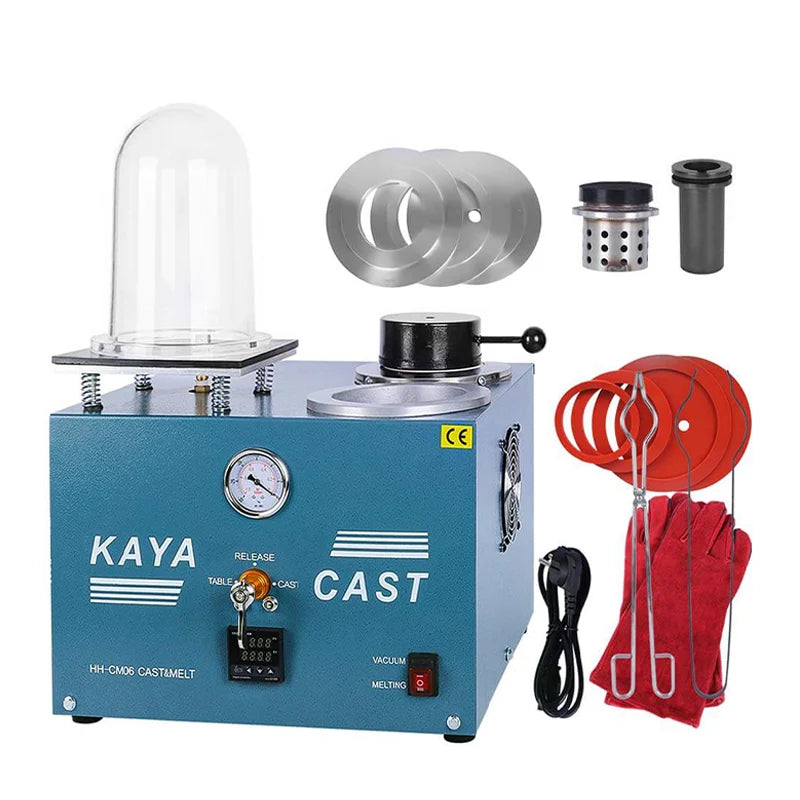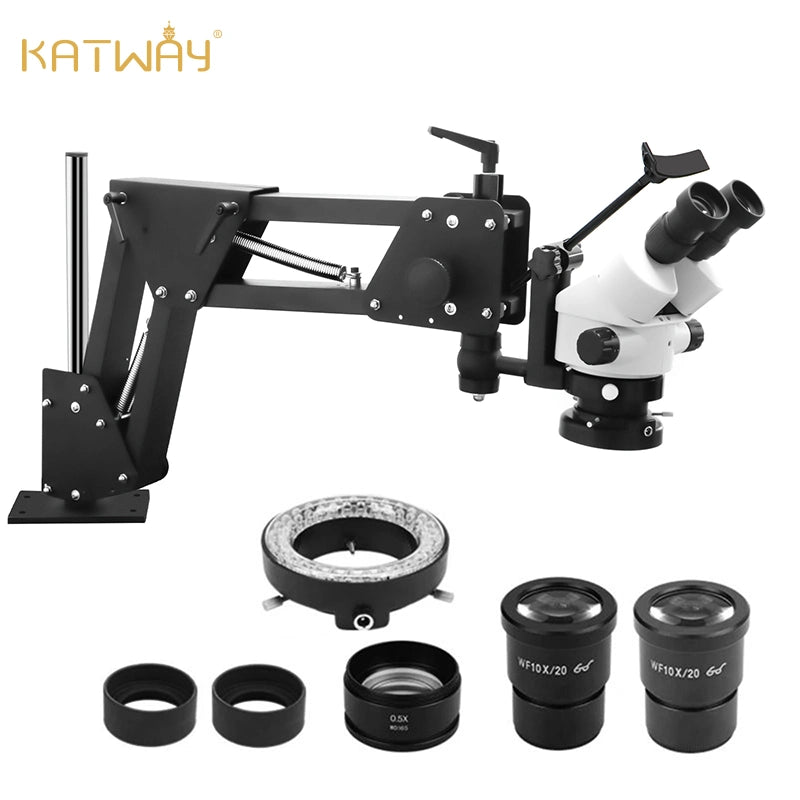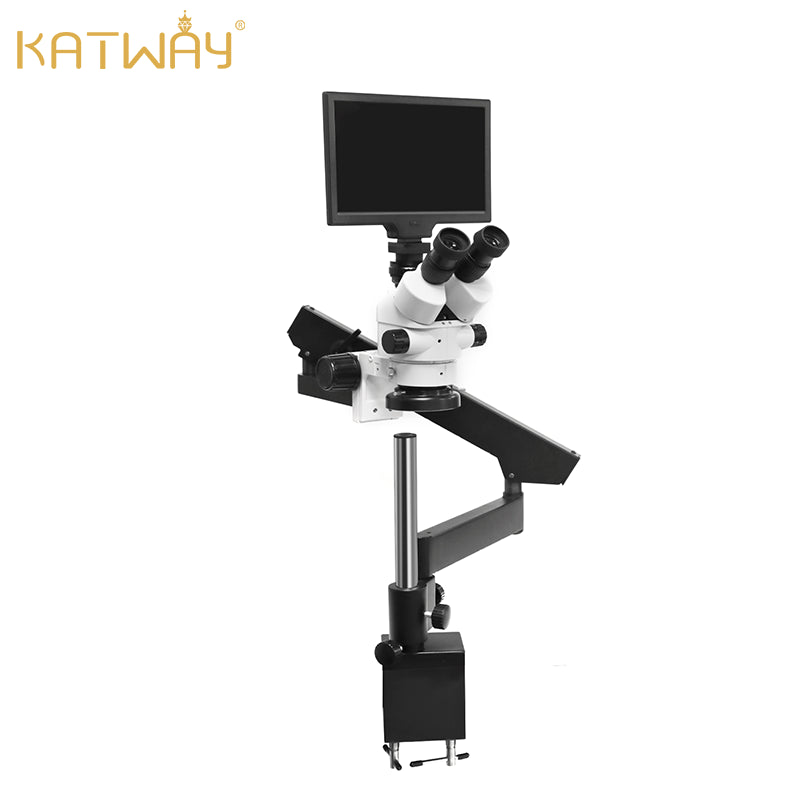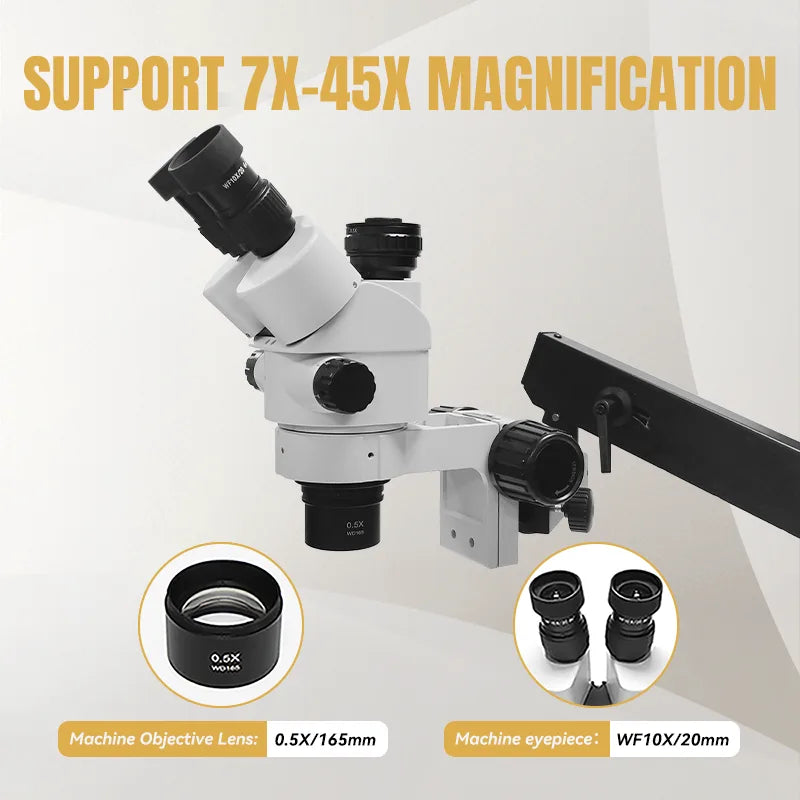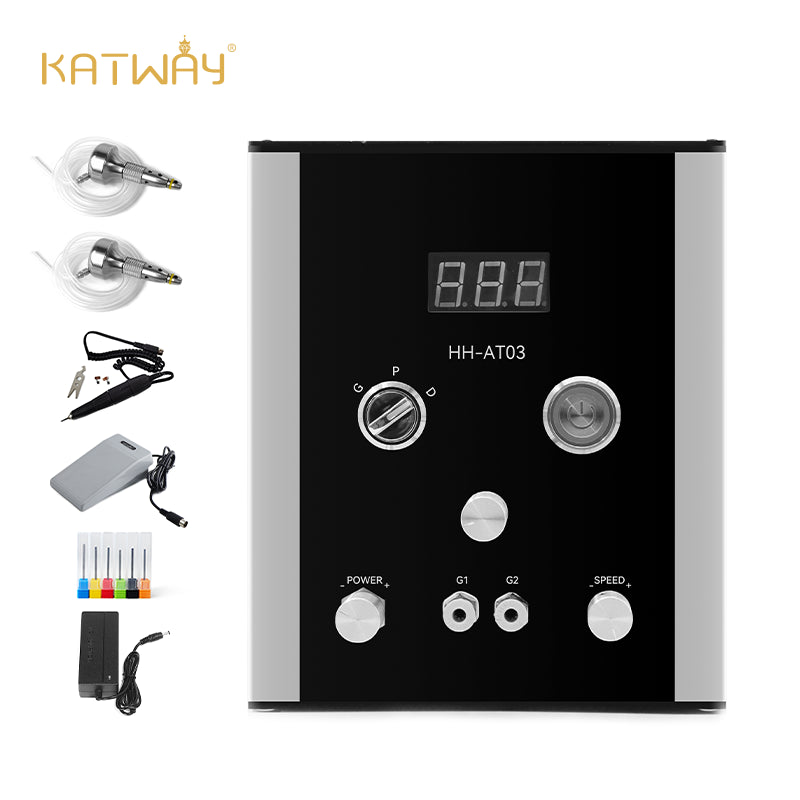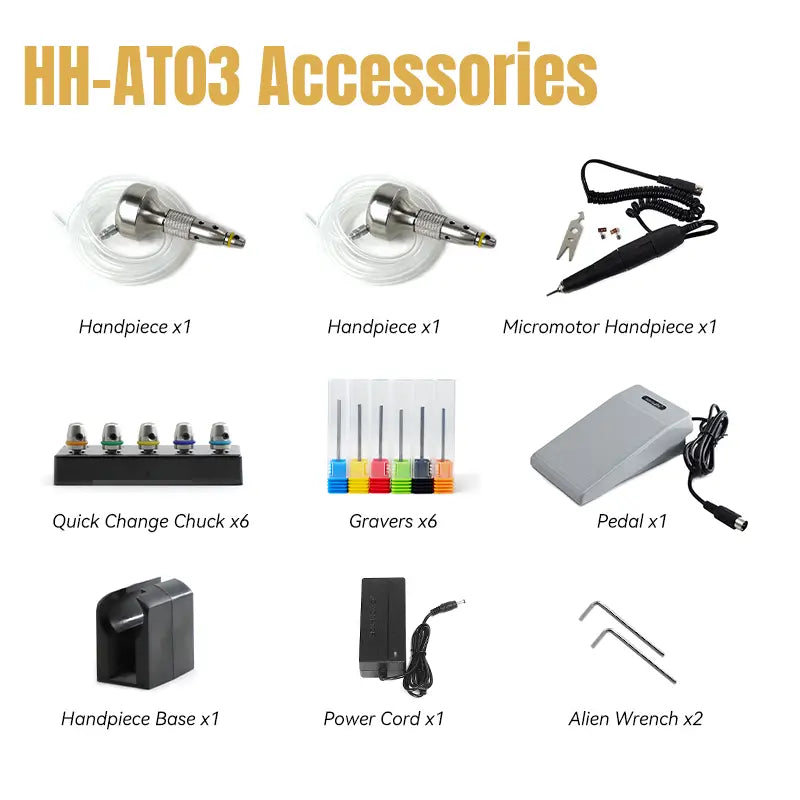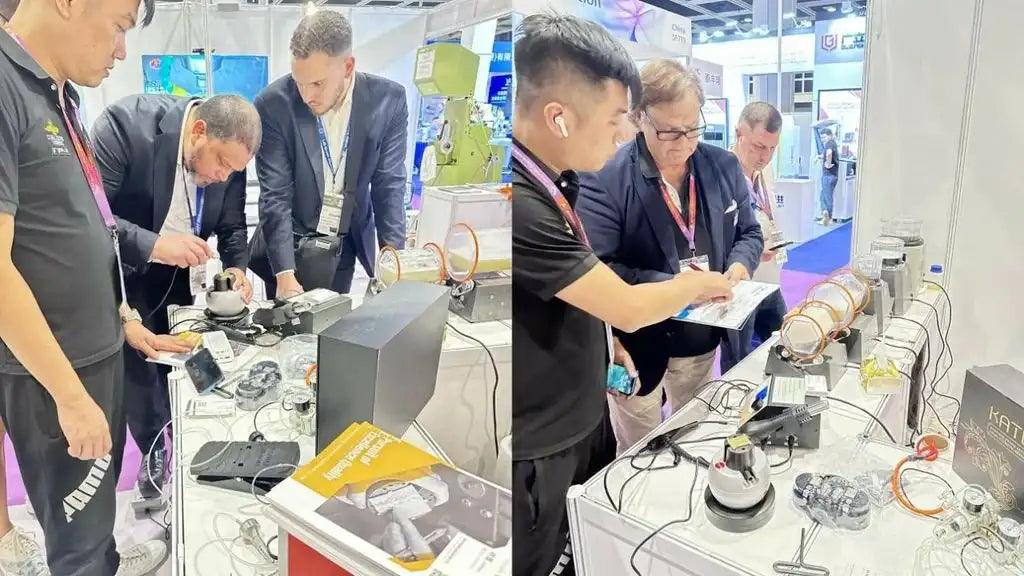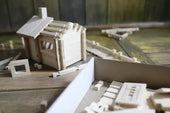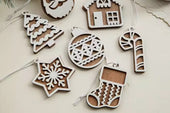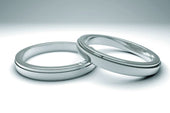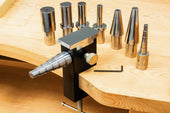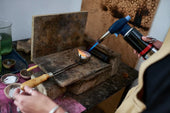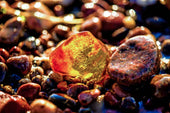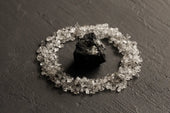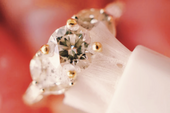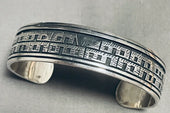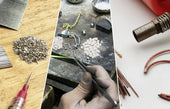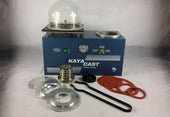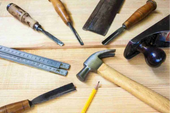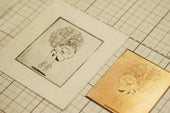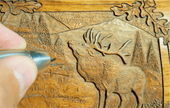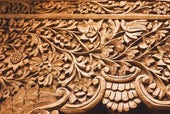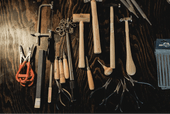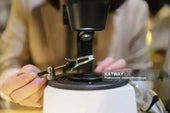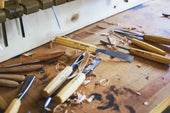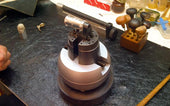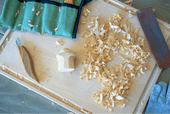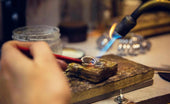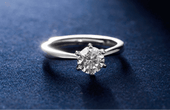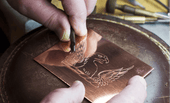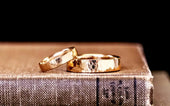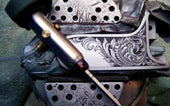Choosing a Jeweler's Workbench 03: Jeweler's Lighting Solution
Regardless of your current project, effective lighting is an absolute necessity. Inadequate lighting can lead to eye strain, discomfort in your neck and back, and the frustration of losing materials in poorly lit areas. To establish a well-lit environment in your jewelry workspace, consider your lighting arrangement in three essential layers.
Ceiling Lights
An effective ceiling light is a fundamental requirement. You'll come to appreciate the significance of ambient lighting when (inevitably) your polishing machine snatches a ring from your grasp and sends it flying, or a gemstone takes an unexpected detour from your bench to the floor. If you're working on jewelry at home in a poorly lit area, such as a garage, it's essential to install the same kind of ceiling lighting you would have in any other room in your home.

Task Lighting for the Bench
Now, let's talk about lighting for your jewelry bench. It's crucial not to rely on a typical desk lamp for this purpose. Desk lamps often have a base that occupies valuable space on your jewelry workbench, and they can easily tip over during more robust jewelry crafting activities like shaping, sawing, or filing. Instead, an ideal task light for your jewelry workstation should possess some combination of these characteristics.
1. Secure Mounting
Opt for task lamps that can be securely attached to your bench, either by direct screwing or through a clamp-style mounting. The direct screwing offers the most stability, while clamps can be an option, but make sure they have a sufficient jaw width to accommodate your bench's side rails. Alternatively, you can choose an "under-cabinet" work light that can be mounted beneath the bench, on the ceiling above your bench, or vertically on a wall.
2. CFL or LED Light Bulb
For safety and comfort, use CFL or LED light bulbs as they don't generate heat like incandescent bulbs. Bright-white or color-corrected daylight bulbs are ideal as they reduce shadows and provide better visibility for solder lines. They also represent the true colors of your gems and metals accurately, making them essential for design decisions. Aim for a color temperature in the range of 4500k to 5000k for the most accurate daylight simulation and color rendering.
3. Wide Light Spread
Look for jeweler's task lamps with long light bars that can evenly disperse light across your jewelry bench's surface. Regular desk lights typically fall short in this area.
4. Maneuverability
Your task light should be adaptable to your needs. Seek articulated task lighting that can rotate from side to side and adjust both up and down, ensuring it complements your workflow seamlessly.

Specialized Task Lighting
For various tasks, you might require concentrated and directional lighting, or even illuminated magnification. Unlike the broader coverage of overhead and bench lighting, specialized task lighting is designed to focus on a specific, limited area, ensuring every detail of your close-up work is brilliantly illuminated. If you frequently find yourself straining or contorting to get a better view of your workpiece, it's worth exploring the option of attaching a magnifying lamp to your workbench.


